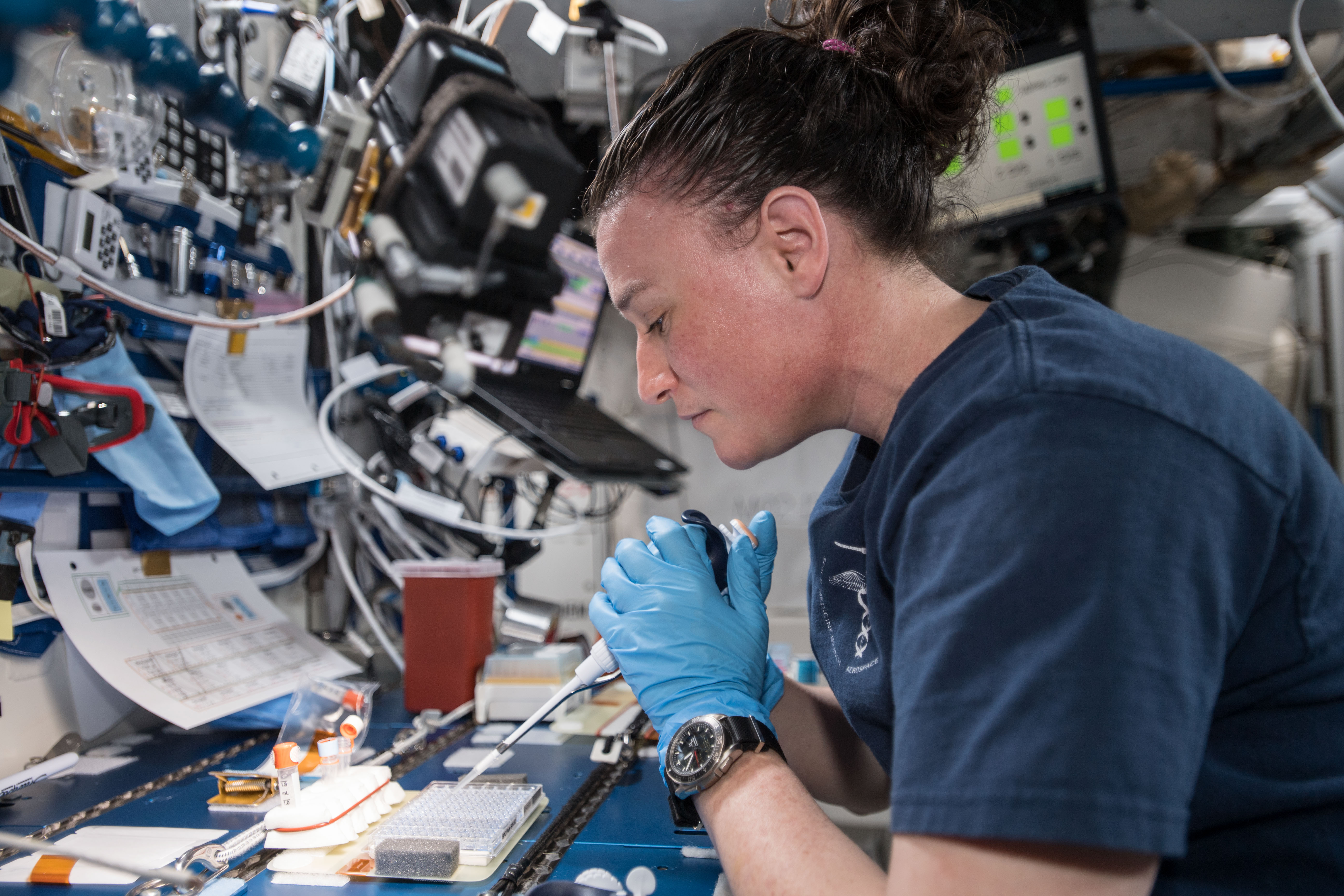Benefits of Space: Global Health
 Space technology has a significant impact on global health in various ways. The outer space sector serves as a catalyst for advancing medical knowledge and technology transfer, yielding new vaccines, healthcare tools, and procedures. Satellite communications enhance tele-medicine and tele-health, connecting medical experts with underserved regions. Tele-epidemiology, based on remote sensing data, aids disease tracking, particularly in developing nations. During health crises, space-derived information aids emergency response, facilitating population mapping, medication distribution, transportation planning, and sanitation management.
Space technology has a significant impact on global health in various ways. The outer space sector serves as a catalyst for advancing medical knowledge and technology transfer, yielding new vaccines, healthcare tools, and procedures. Satellite communications enhance tele-medicine and tele-health, connecting medical experts with underserved regions. Tele-epidemiology, based on remote sensing data, aids disease tracking, particularly in developing nations. During health crises, space-derived information aids emergency response, facilitating population mapping, medication distribution, transportation planning, and sanitation management.
Benefits of space for global health:
1. Telemedicine and tele-health: Space technology, including satellites, enables telemedicine and remote healthcare services. Remote areas and disaster-stricken regions can benefit from medical consultations, diagnoses, and treatment advice delivered by healthcare professionals from afar. Satellite-based communication systems facilitate real-time interactions between doctors and patients, improving access to healthcare services.
2. Tele-epidemiology for epidemic and disease monitoring: Satellites and space-based sensors can be used to monitor the spread of diseases, track vector populations (such as mosquitoes carrying diseases like malaria), and assess environmental factors that contribute to disease outbreaks. This data can aid in early detection and response to epidemics.
- Climate Change and Health Impact: Space technology contributes to monitoring and understanding climate change, which has direct and indirect effects on global health. By tracking environmental changes, such as temperature variations and air quality, space technology helps anticipate health risks associated with climate-related events
- Nutrition and Agriculture: Satellite imagery provides insights into agricultural practices and food production, which directly impact nutrition and food security. Monitoring crop health and yield helps predict potential food shortages and allows for timely interventions.
3. Spinn-off benefits of space research and development:
- Medical Imaging and Diagnostics: Space technology has led to advancements in medical imaging and diagnostics. Technologies developed for space missions, such as high-resolution imaging devices, have been adapted for medical use. Imaging techniques like Magnetic Resonance Imaging (MRI) and Computed Tomography (CT) owe some of their advancements to innovations in space technology.
- Health Monitoring Wearables: The miniaturization of sensors and electronics used in space missions has paved the way for wearable health monitoring devices. These devices can track vital signs, activity levels, and other health metrics, helping individuals manage their health and enabling healthcare providers to monitor patients remotely.
- Vaccine Development and Drug Testing: Microgravity environments in space can provide insights into molecular structure and biological processes that are difficult to replicate on Earth. This has implications for vaccine development and drug testing. Space experiments have helped researchers understand how microorganisms behave and how human cells respond, leading to more effective drug development.
4. Disaster Management and Humanitarian Aid: Space technology assists in disaster management and humanitarian aid efforts by providing rapid and accurate information about disaster-affected areas. This information helps coordinate relief efforts, assess infrastructure damage, and plan medical response operations effectively.
- Water and Sanitation Management: Remote sensing technology, often used in space applications, can help monitor water quality and identify potential sources of contamination. This information is crucial for ensuring access to clean and safe drinking water, thereby preventing waterborne diseases and improving global public health.
5. Human development through health education and outreach: Space agencies often engage in public outreach and education programs to promote interest in science, technology, engineering, and mathematics (STEM) fields. These programs can inspire students to pursue careers in healthcare, leading to an increased pool of skilled professionals.
Learn more about capacity-building activities of UNOOSA in space and global health
Space and global health documents
See below for recent documents relating to Global Health. For more documents, search the Documents Database.